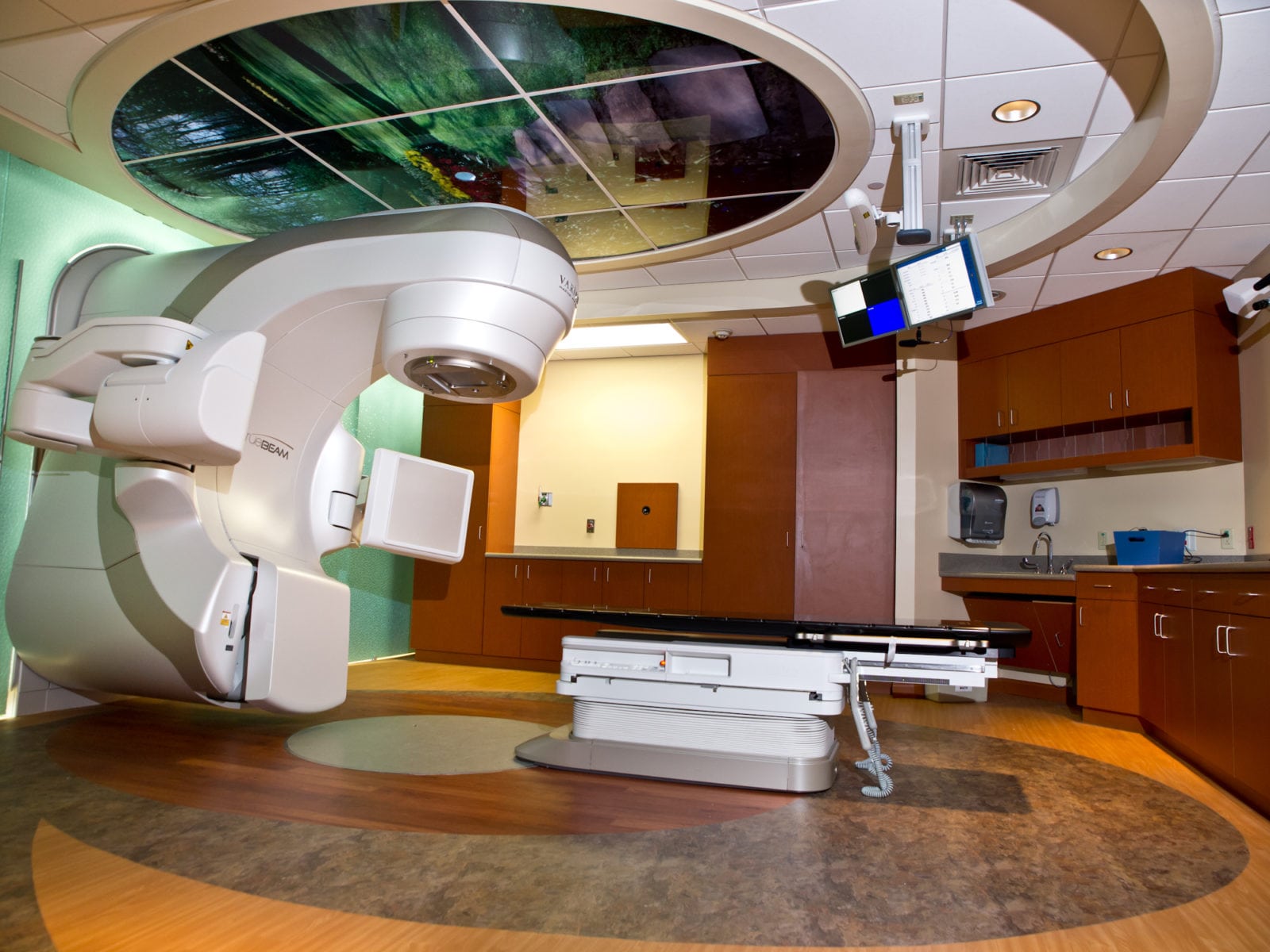Non-melanoma skin cancer (which includes basal and squamous cell carcinoma) is the most common form of cancer worldwide—in the United States alone, more than 5 million people are treated for skin cancer per year. In fact, there are more cases of skin cancer diagnosed annually than breast, lung, colon and prostate cancer diagnoses combined.
As rates of skin cancer diagnoses in the U.S. continue to rise, and the Baby Boomer generation reaches late middle-age, the role of radiation therapy in the treatment of non-melanoma skin cancer has become more important.




